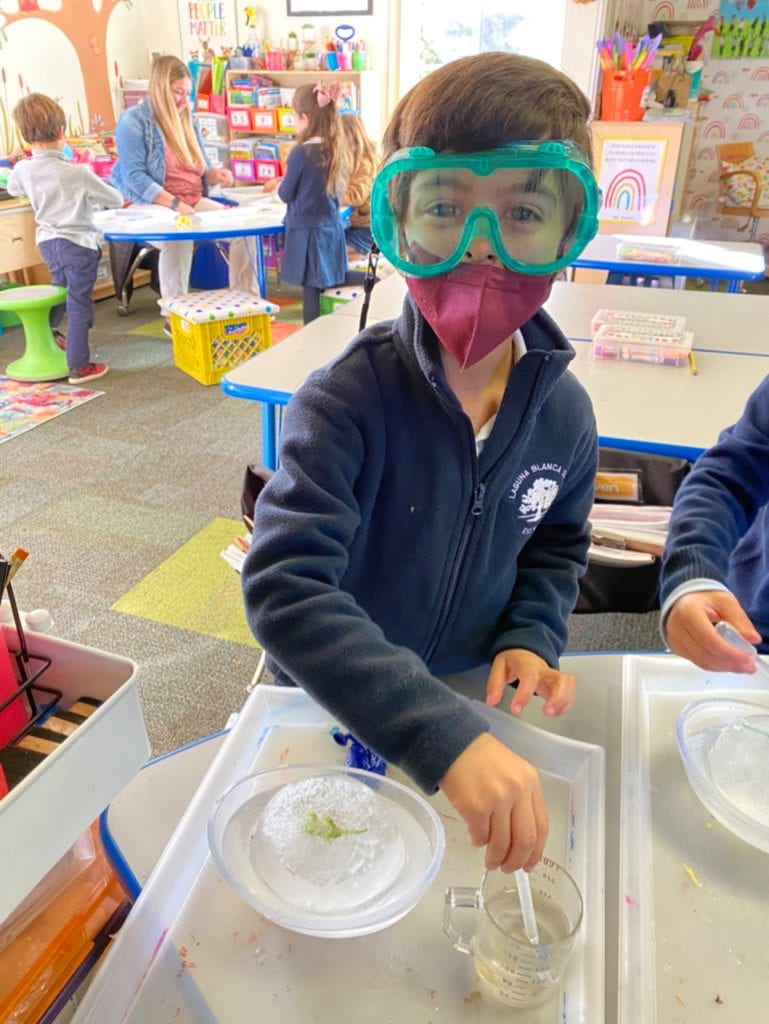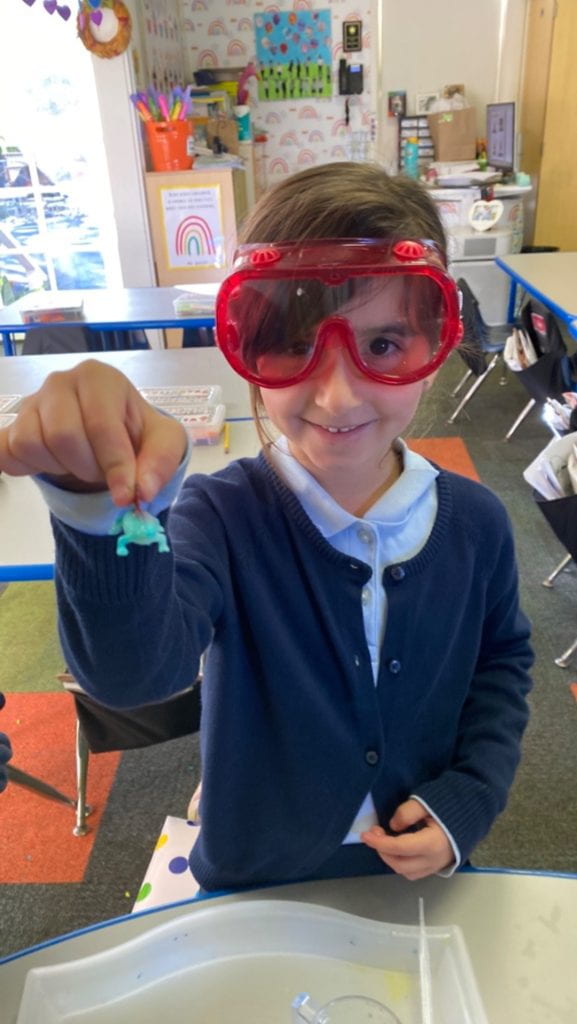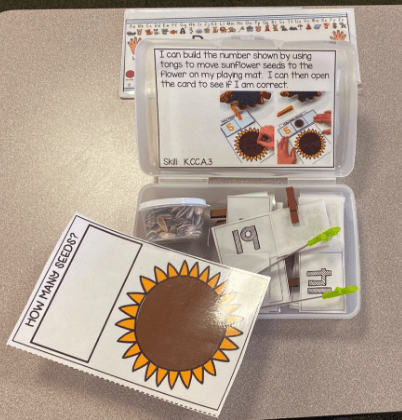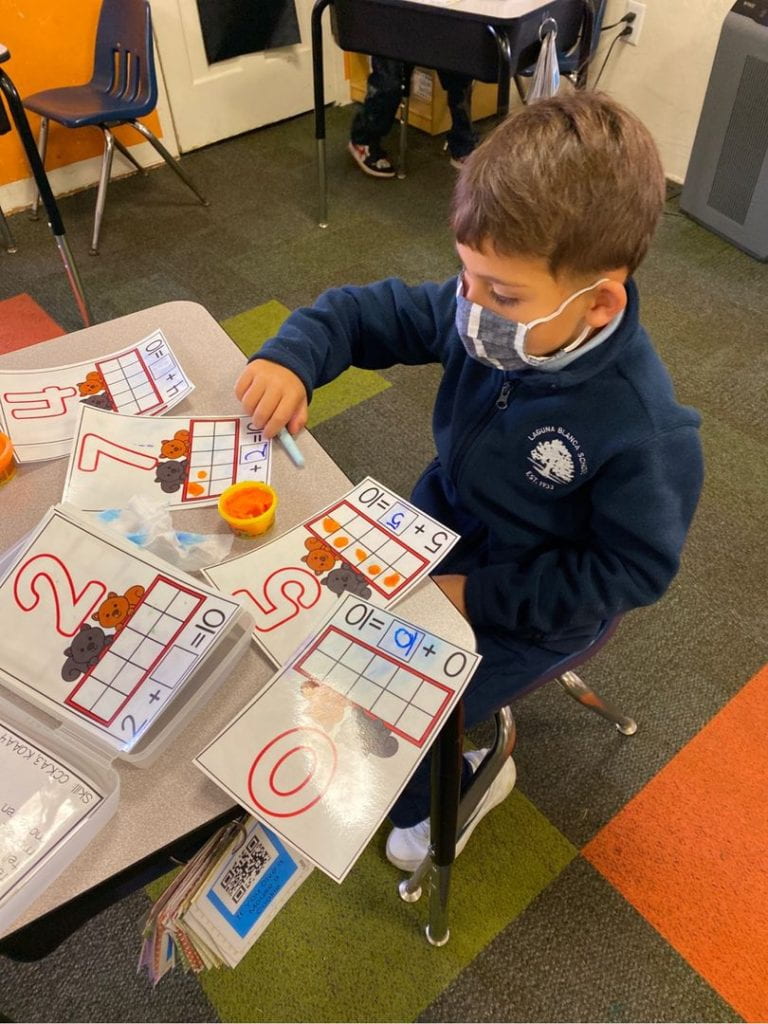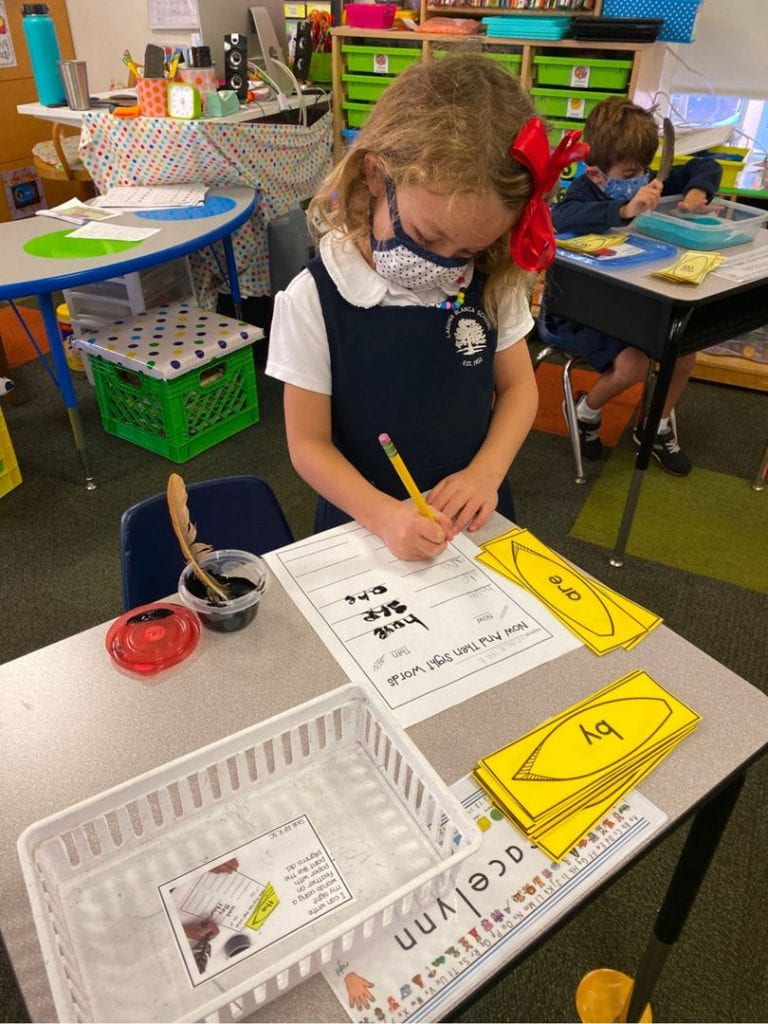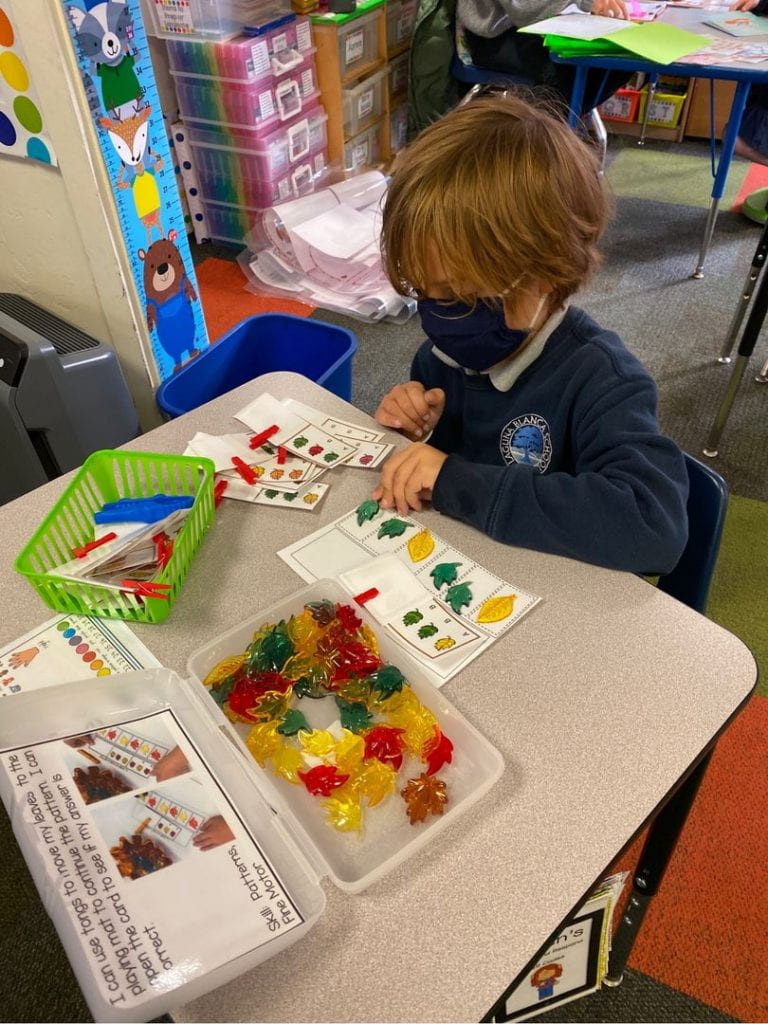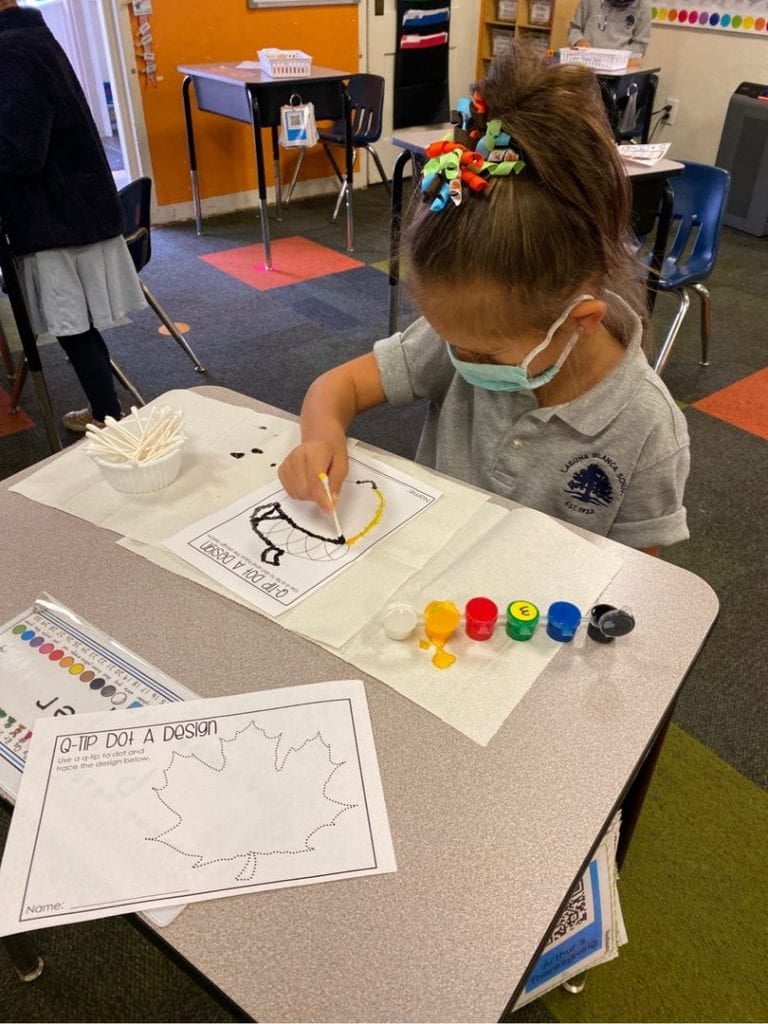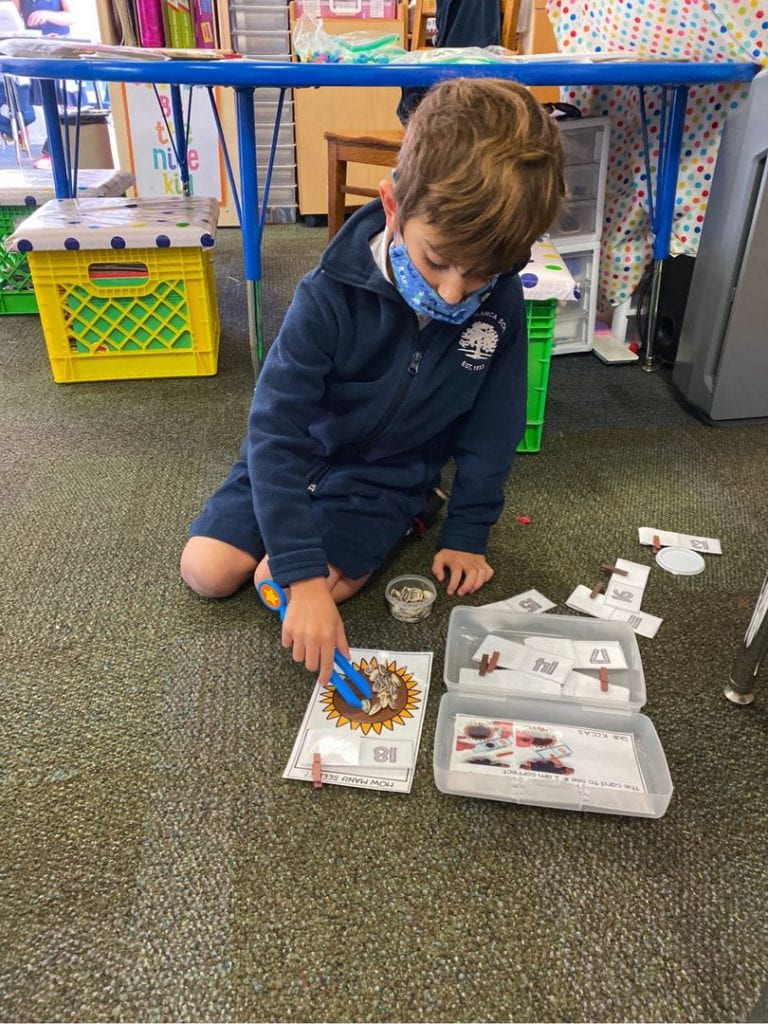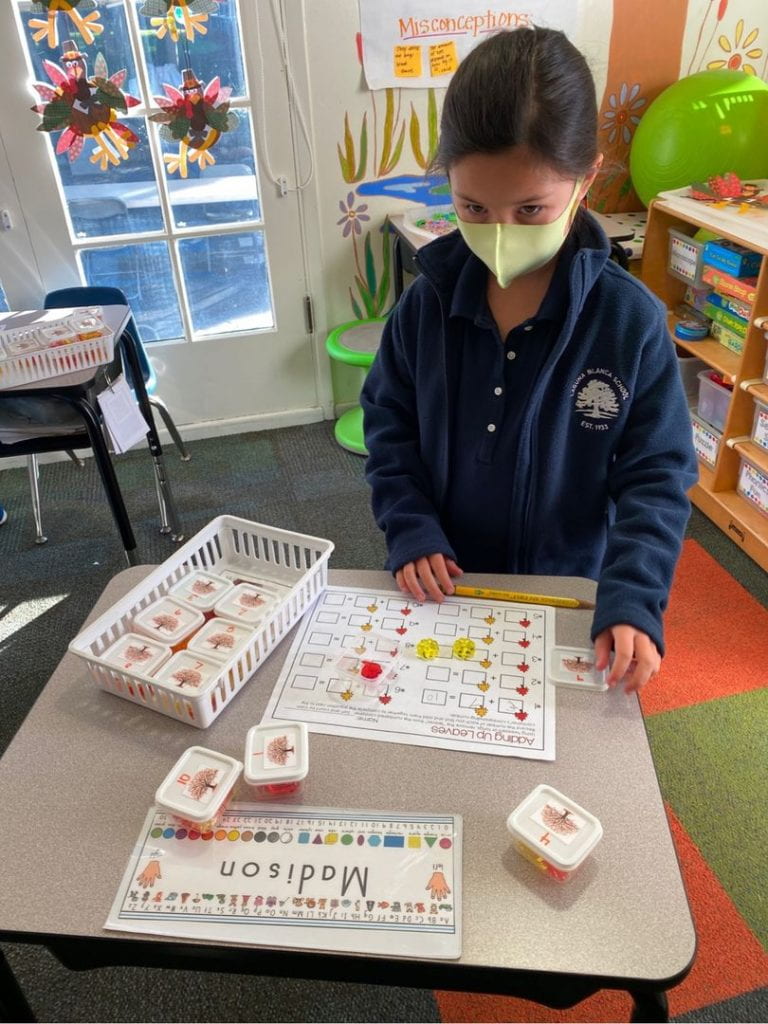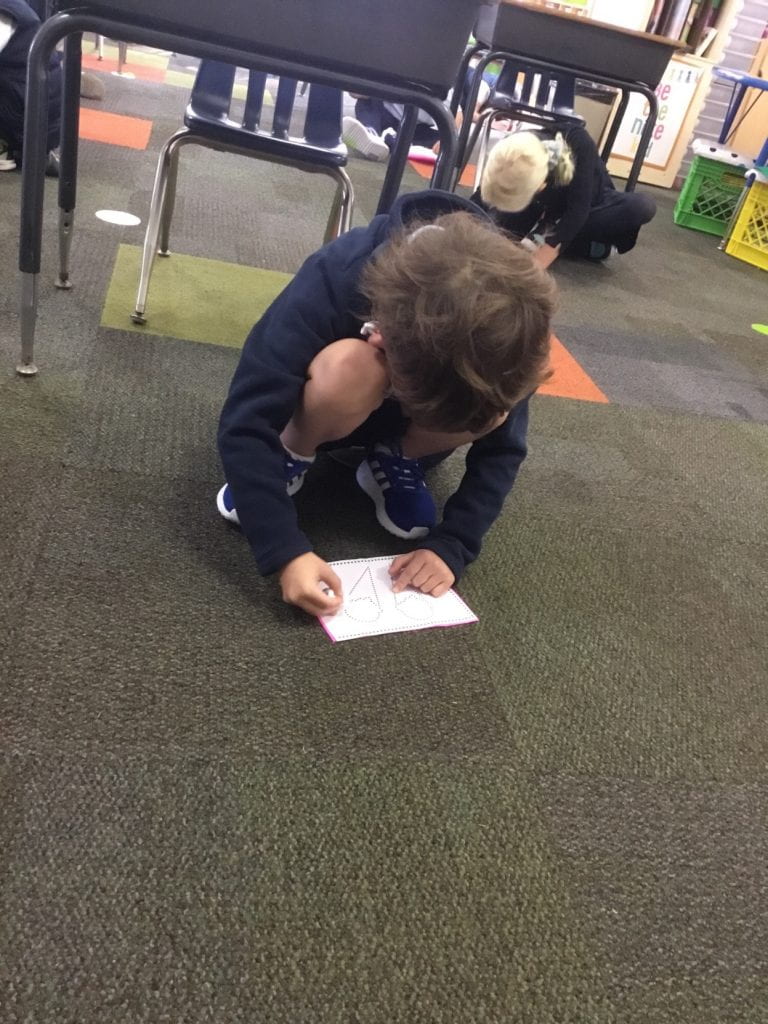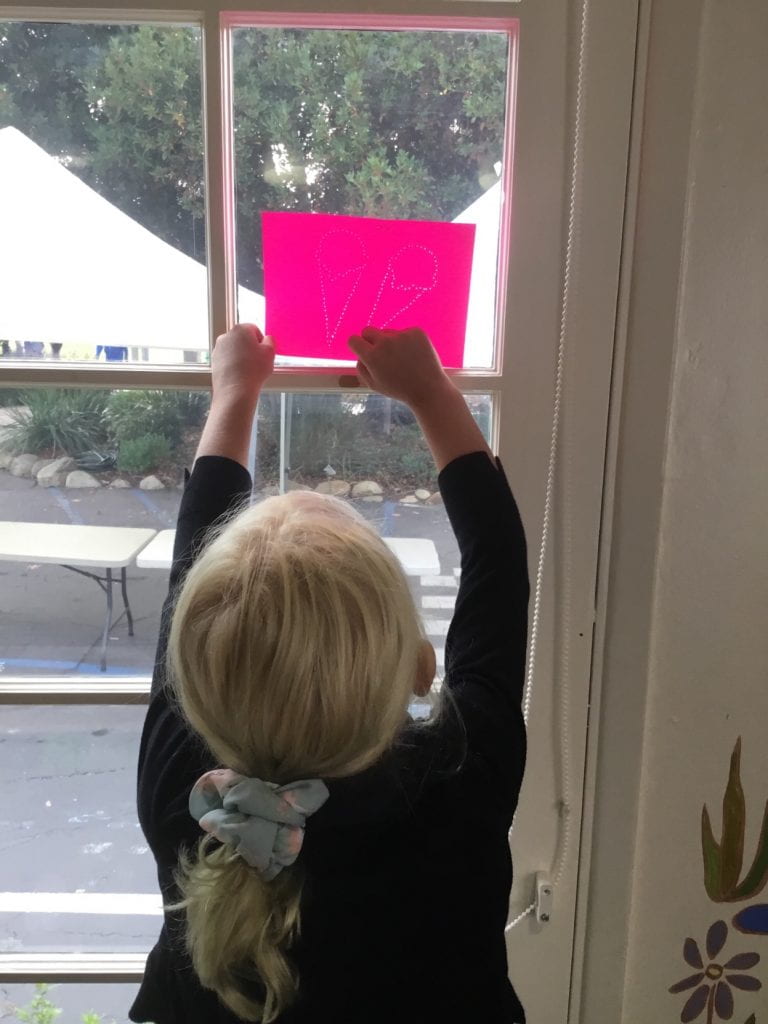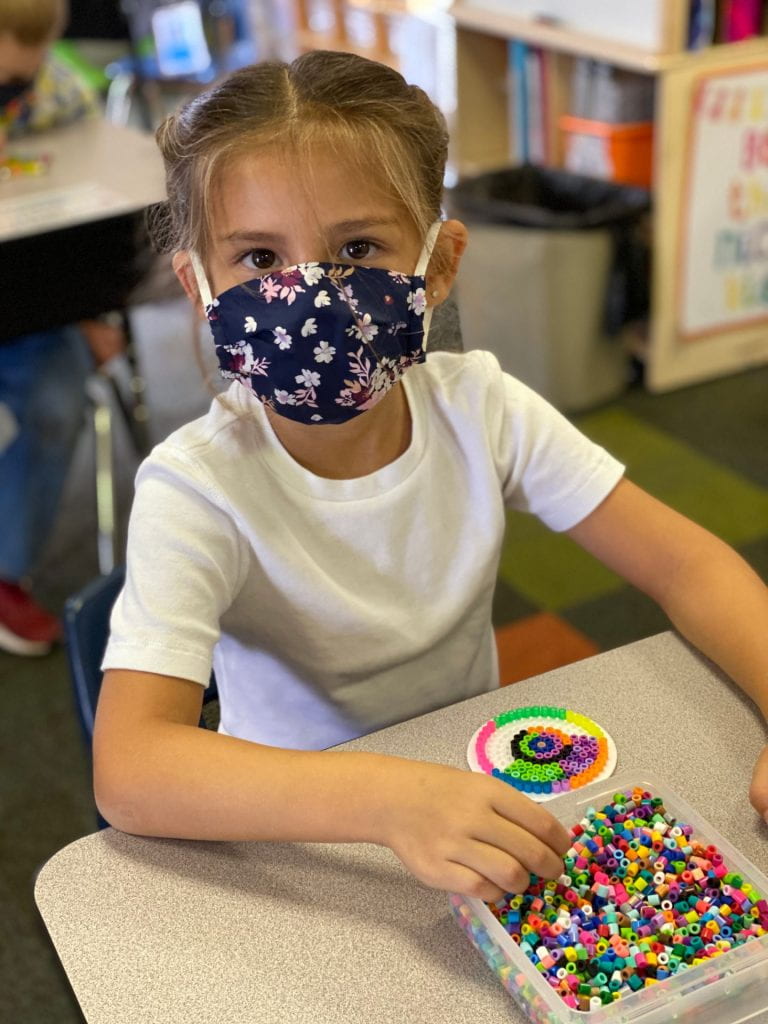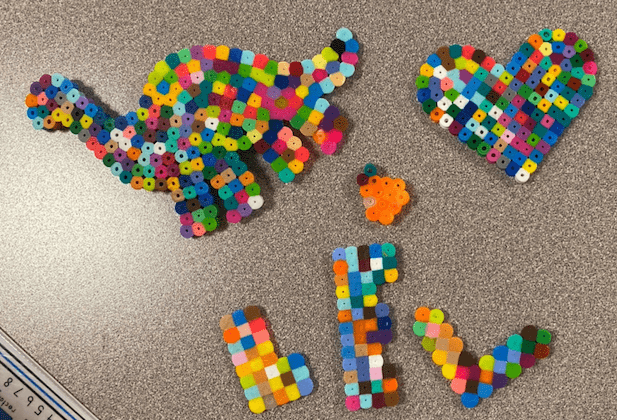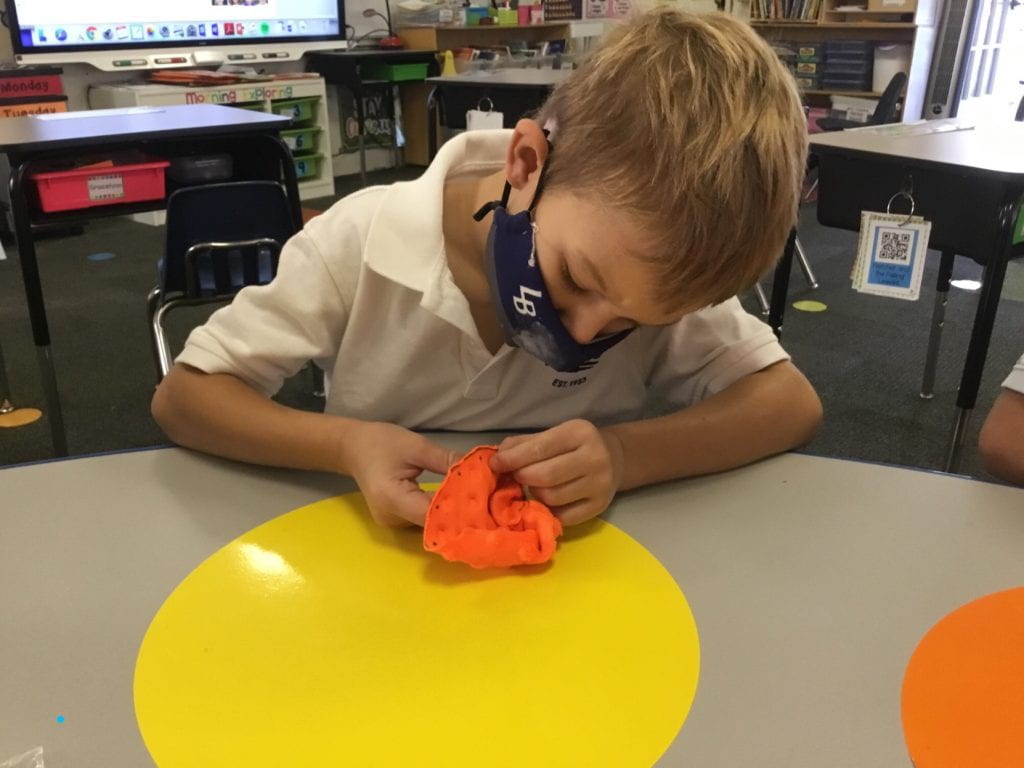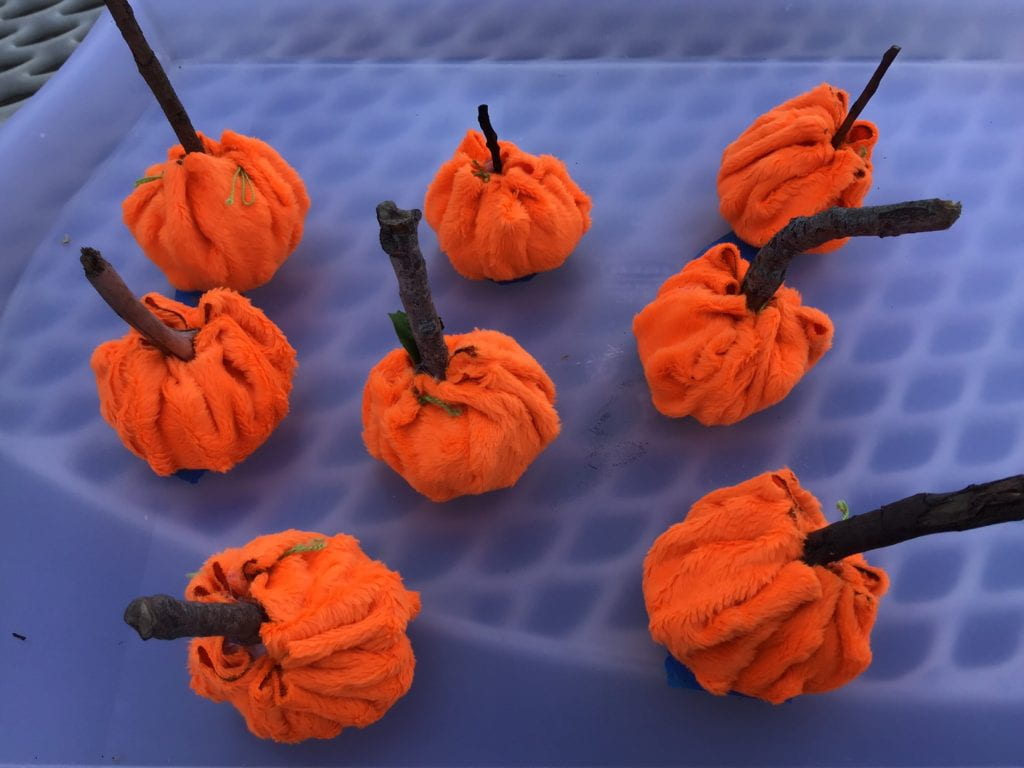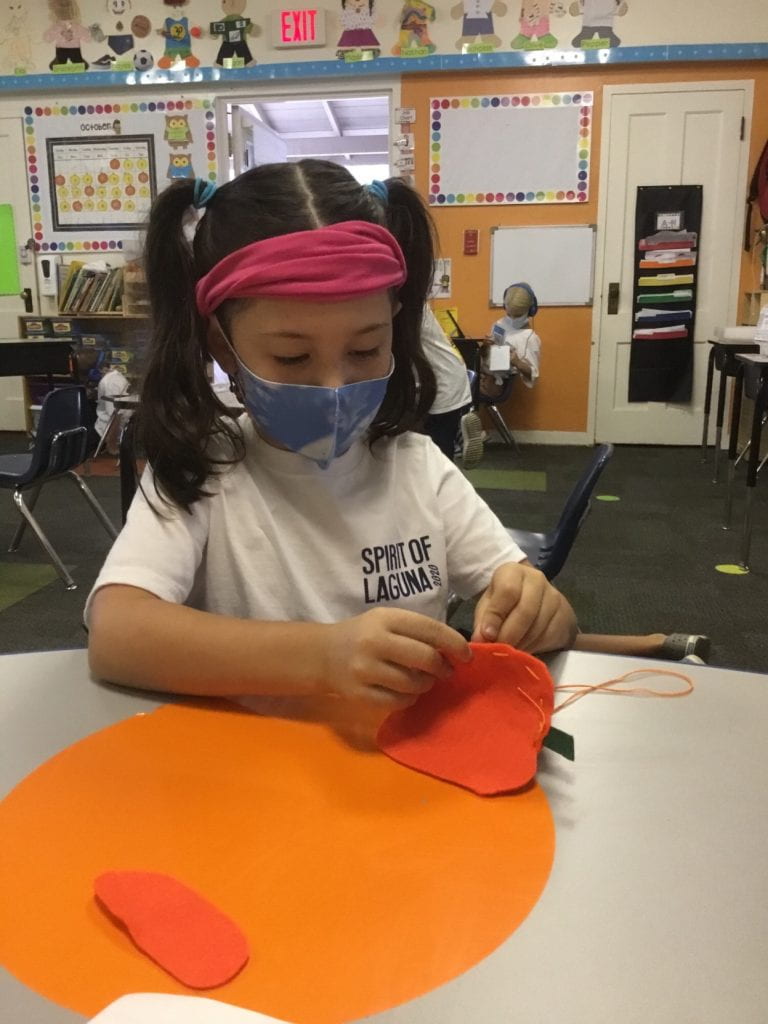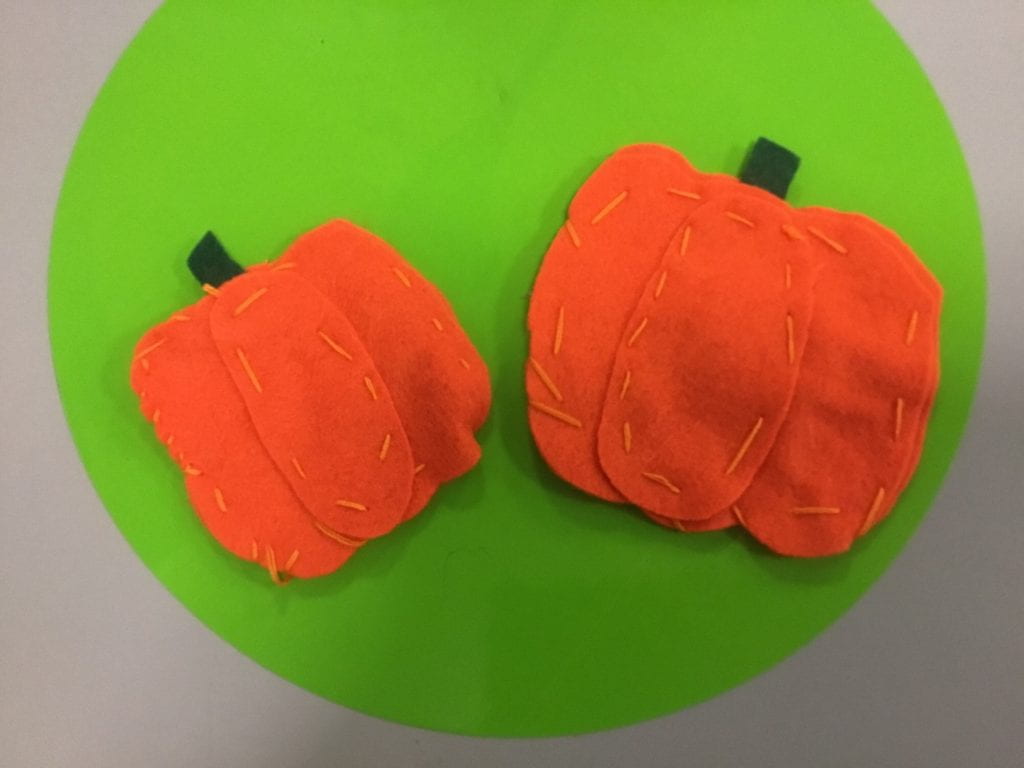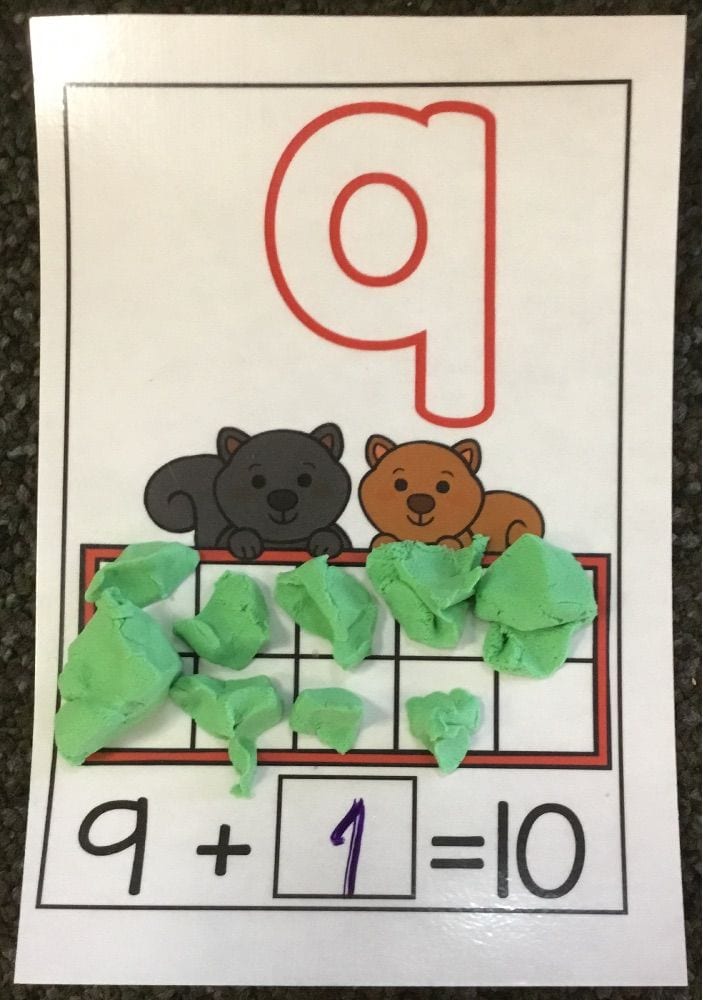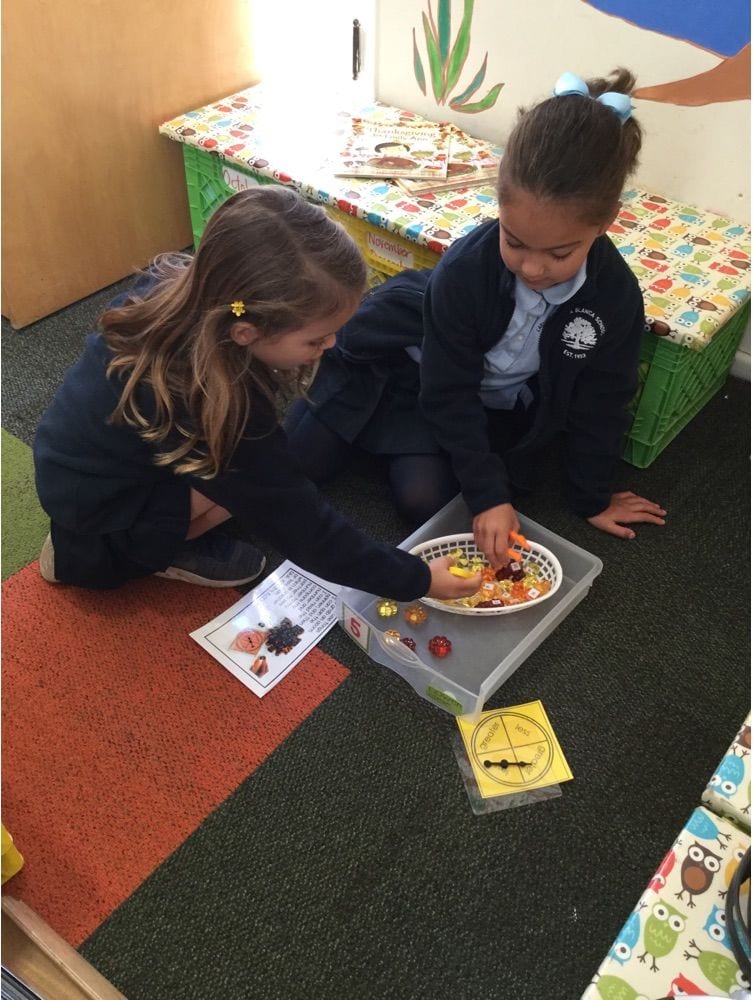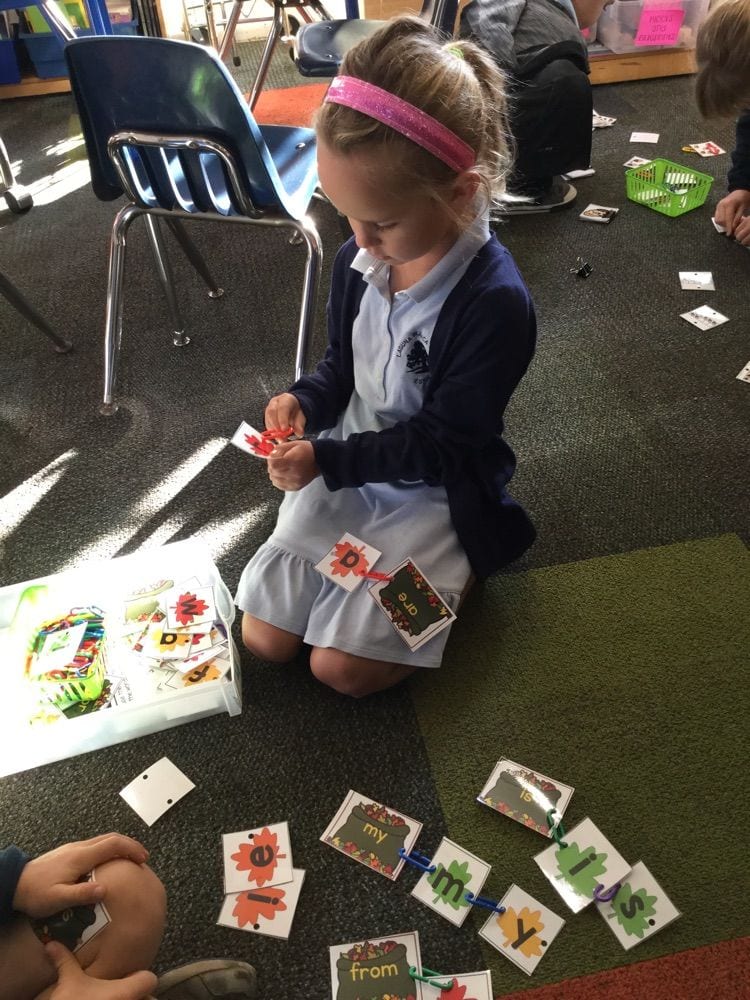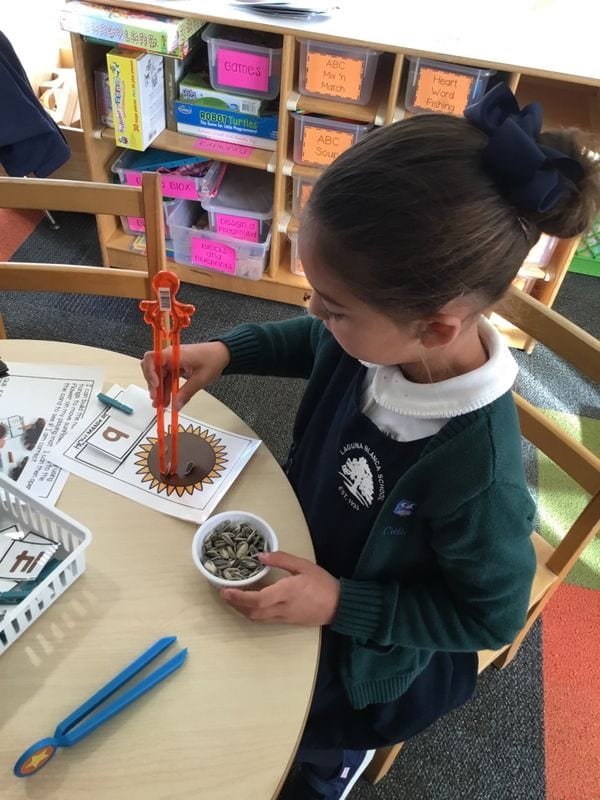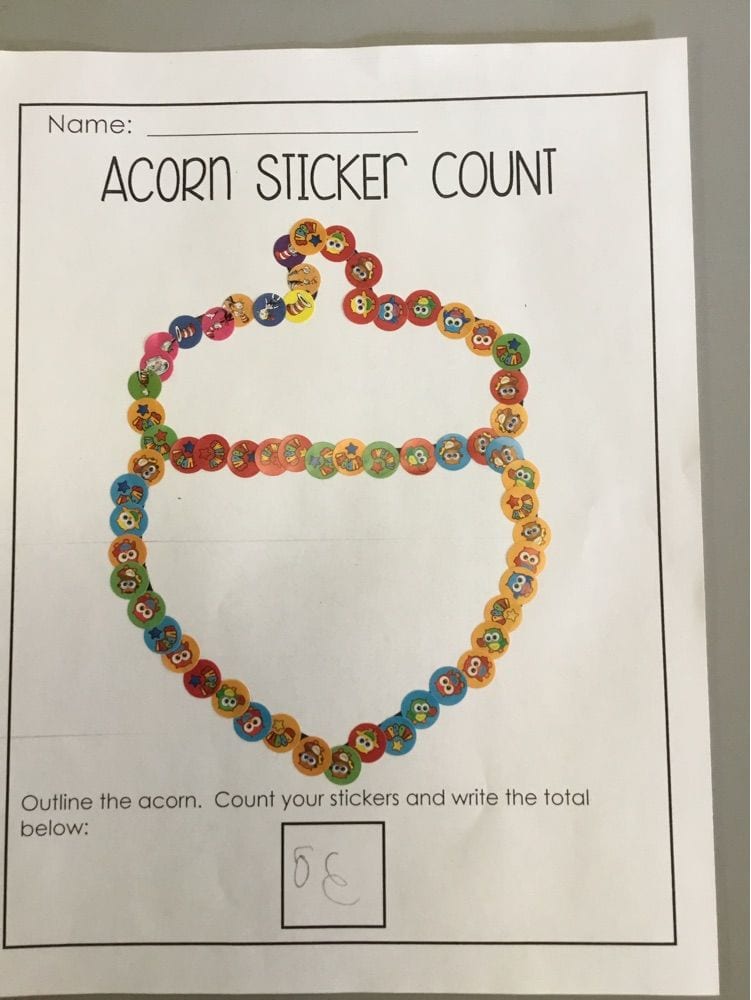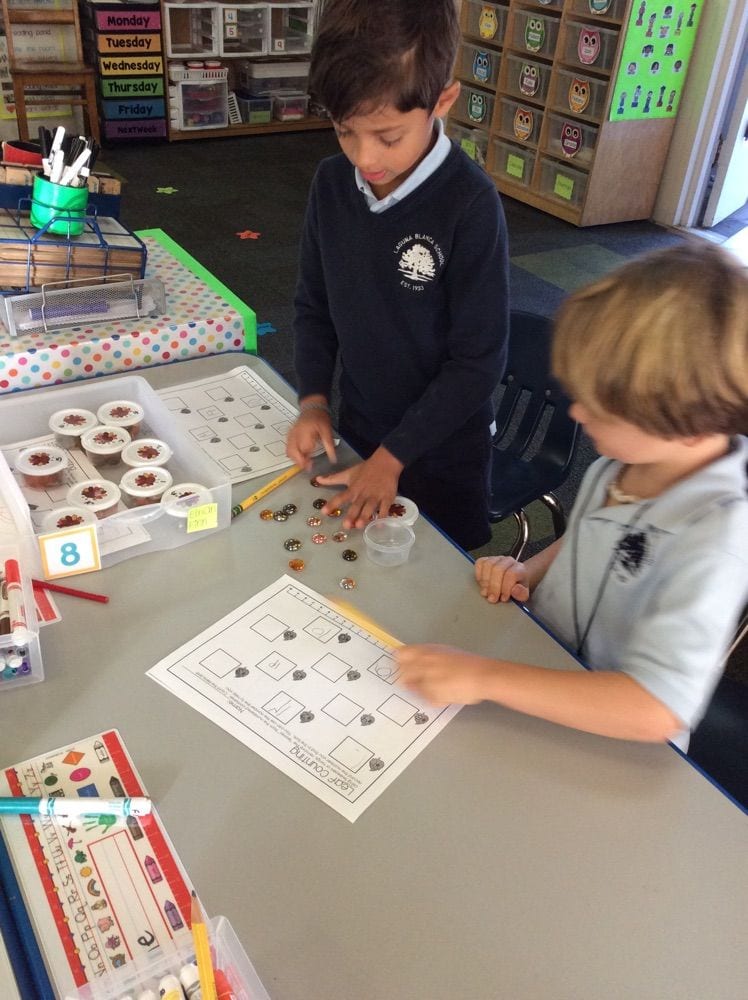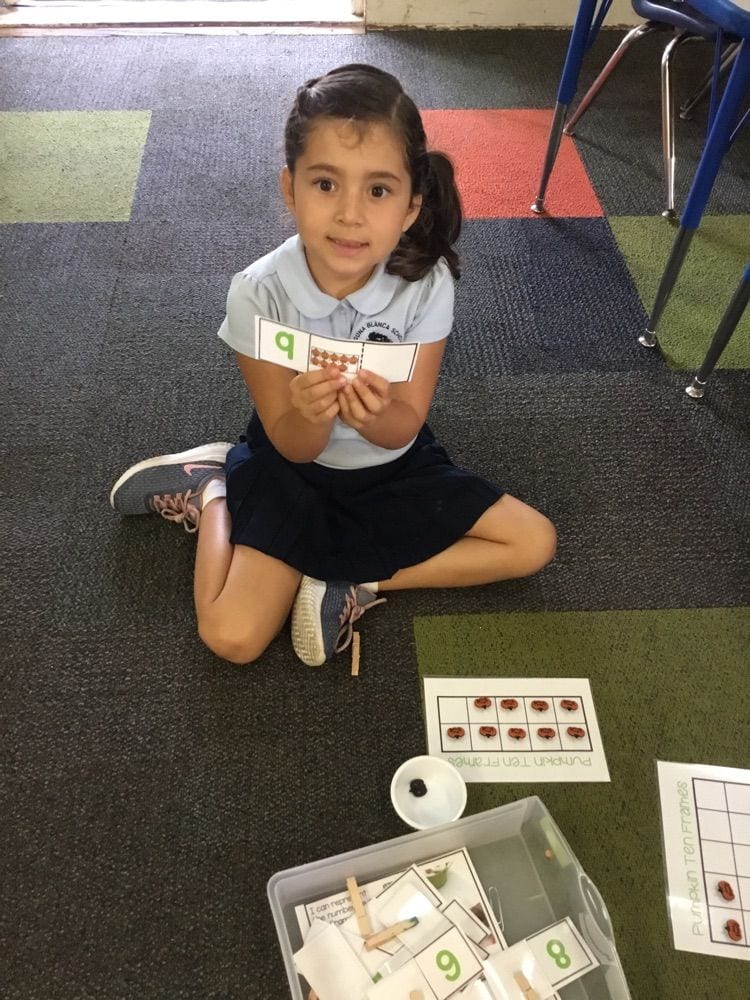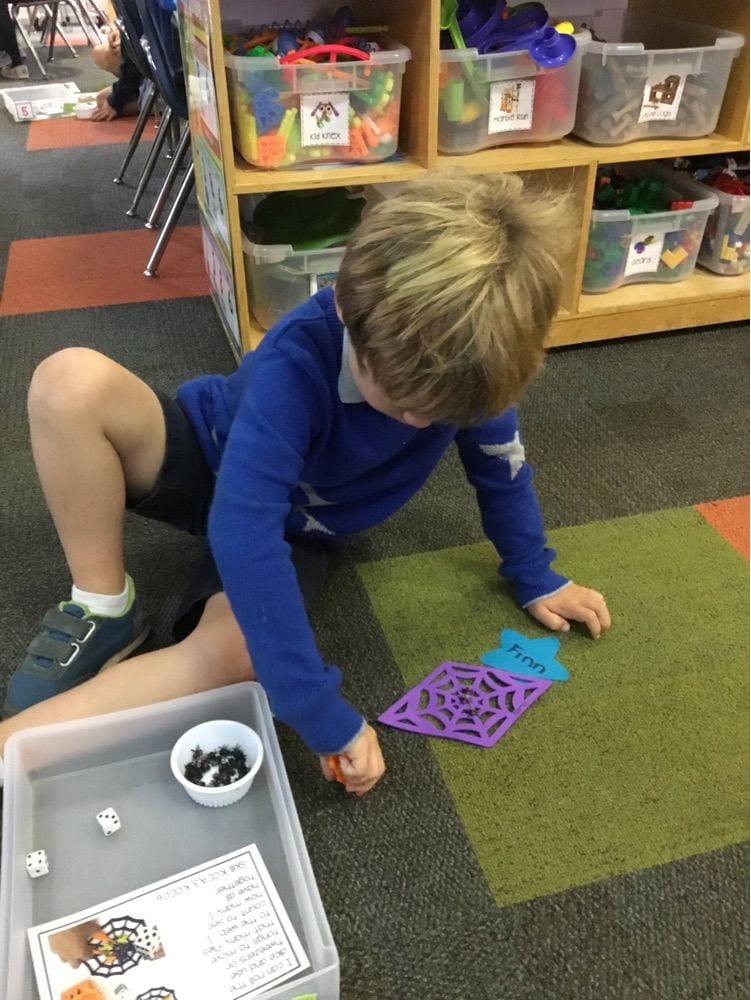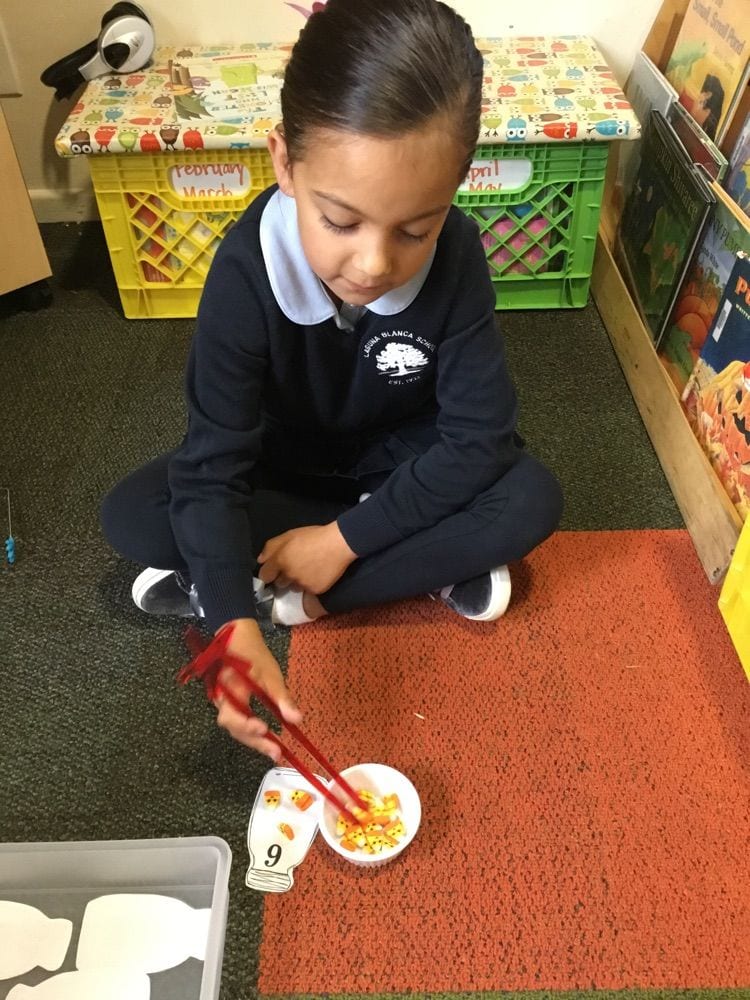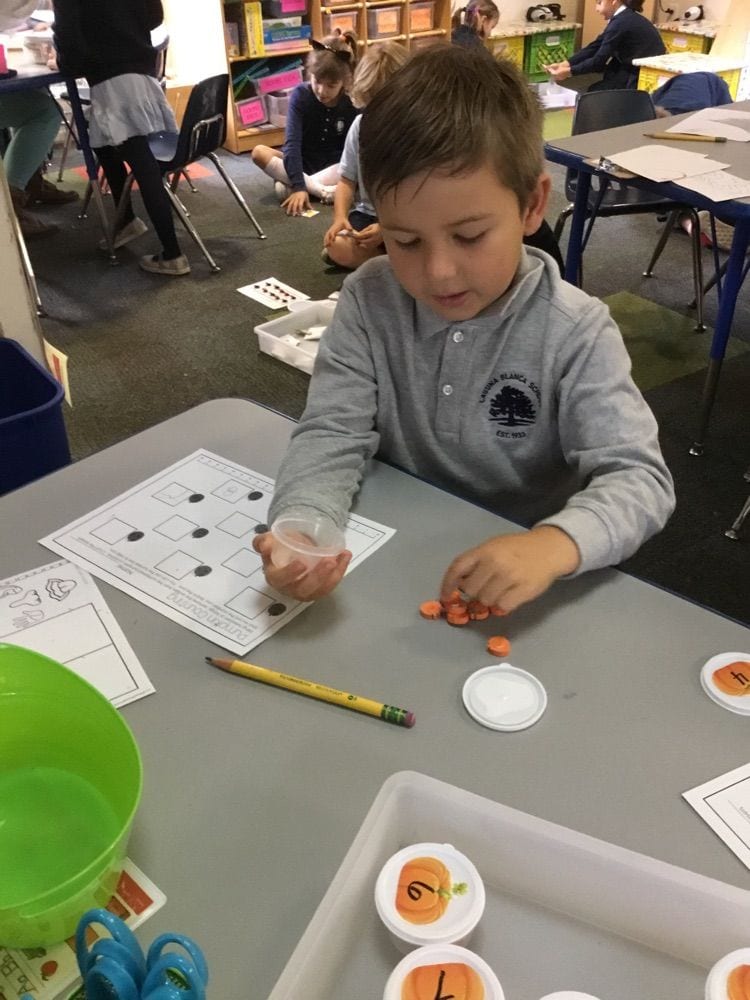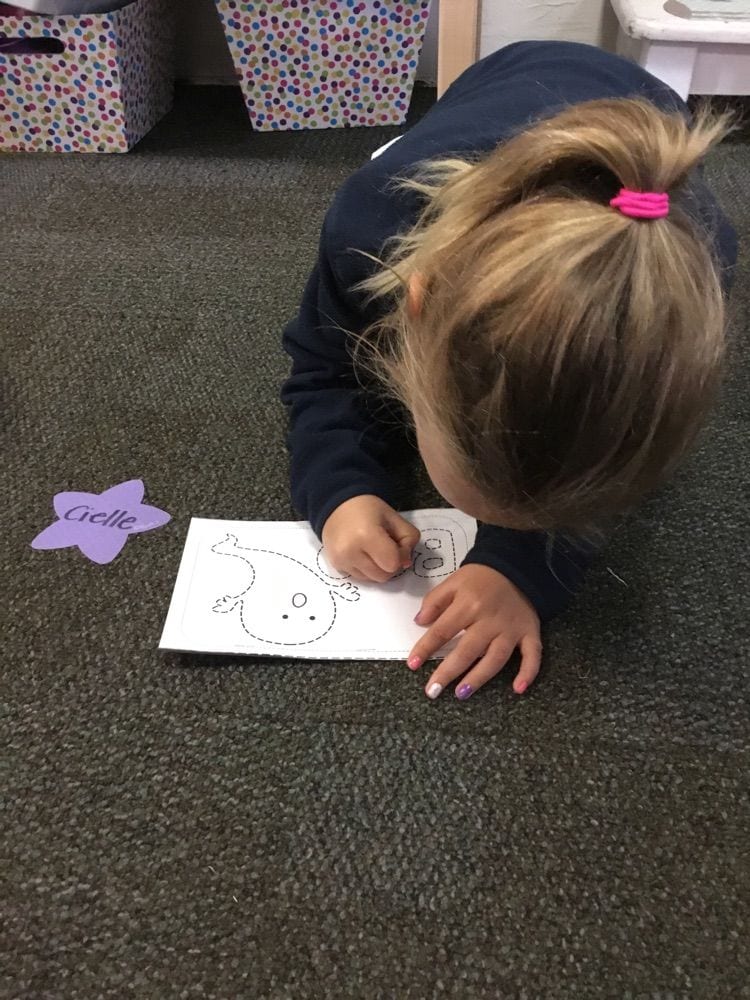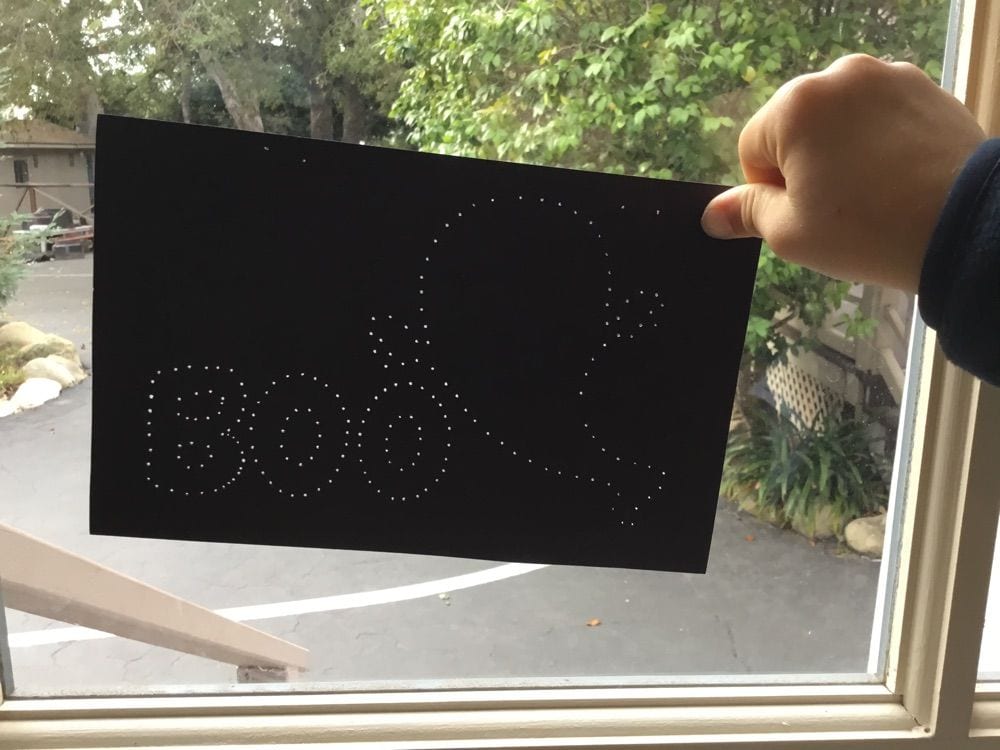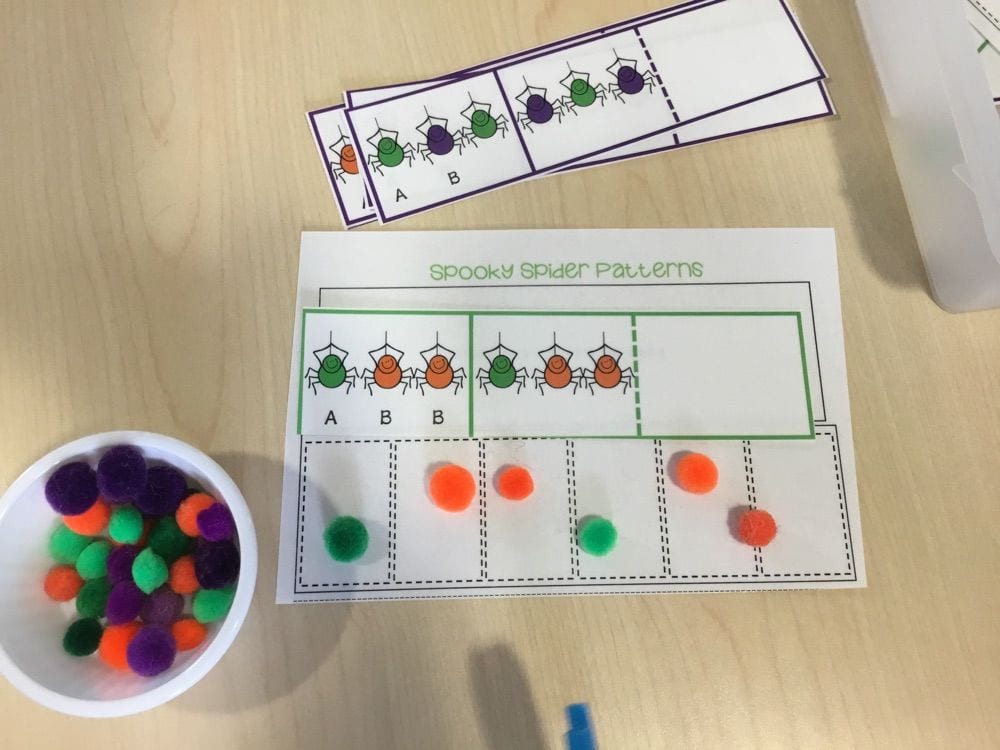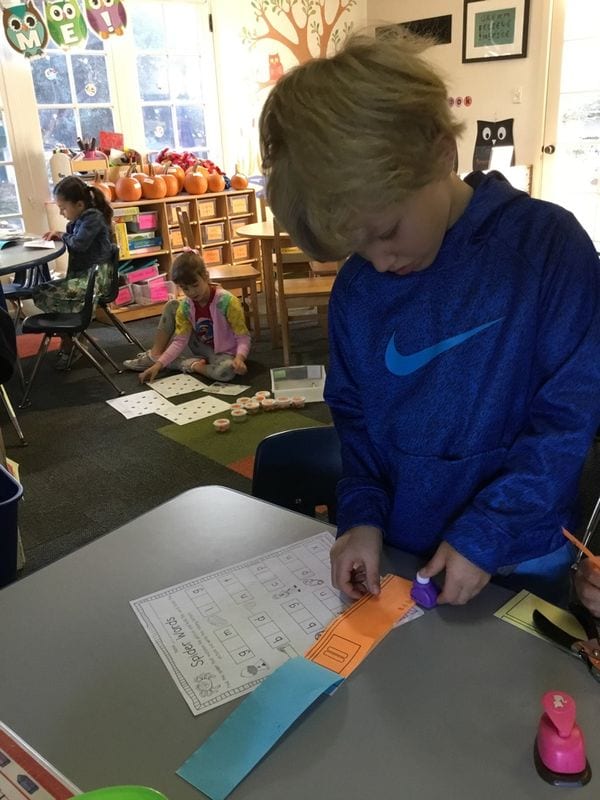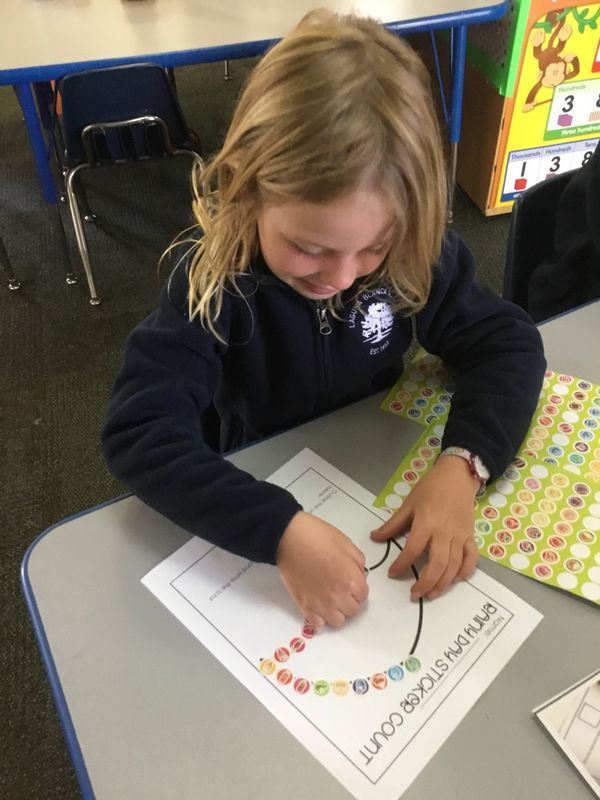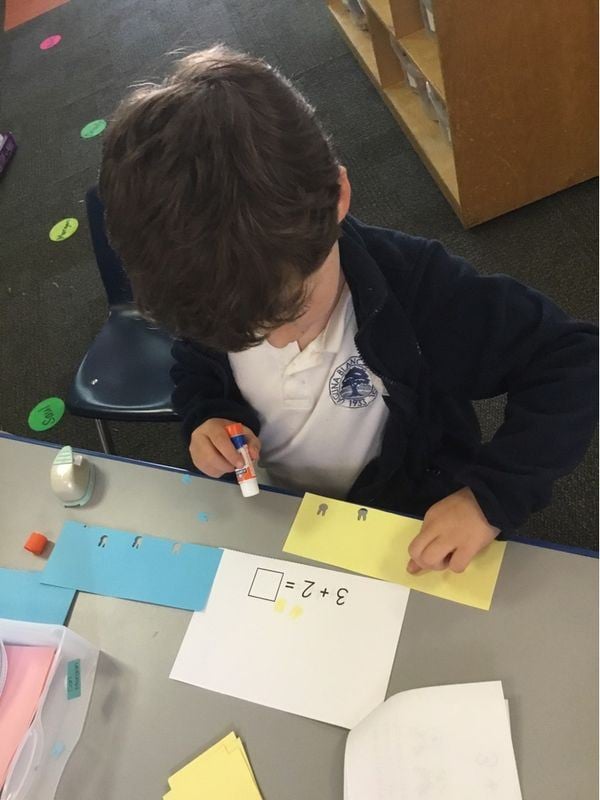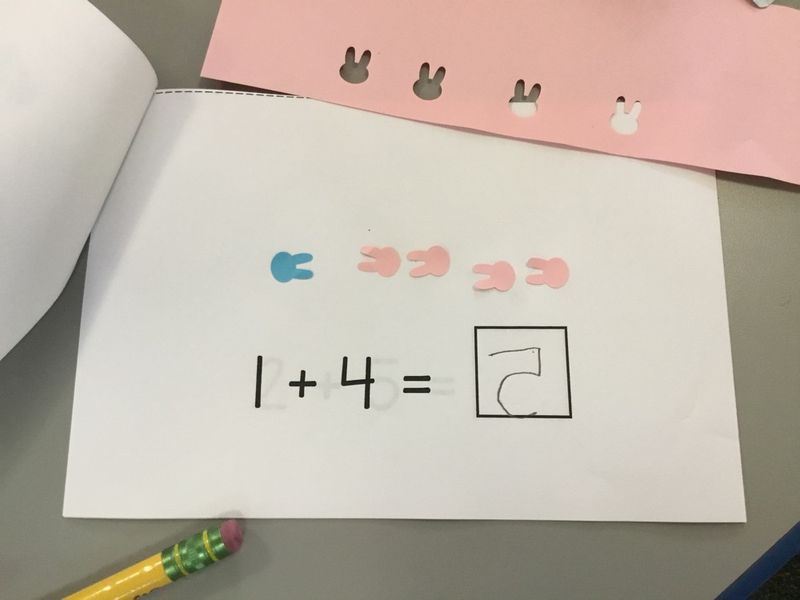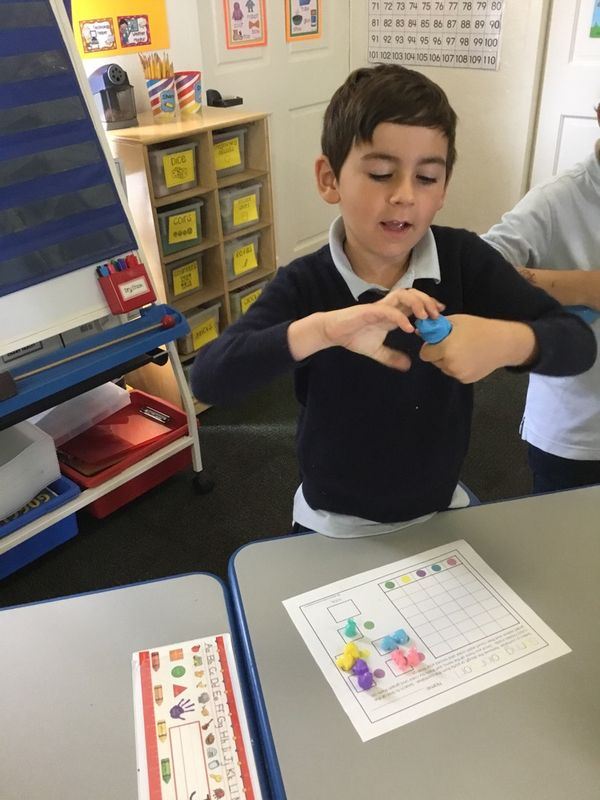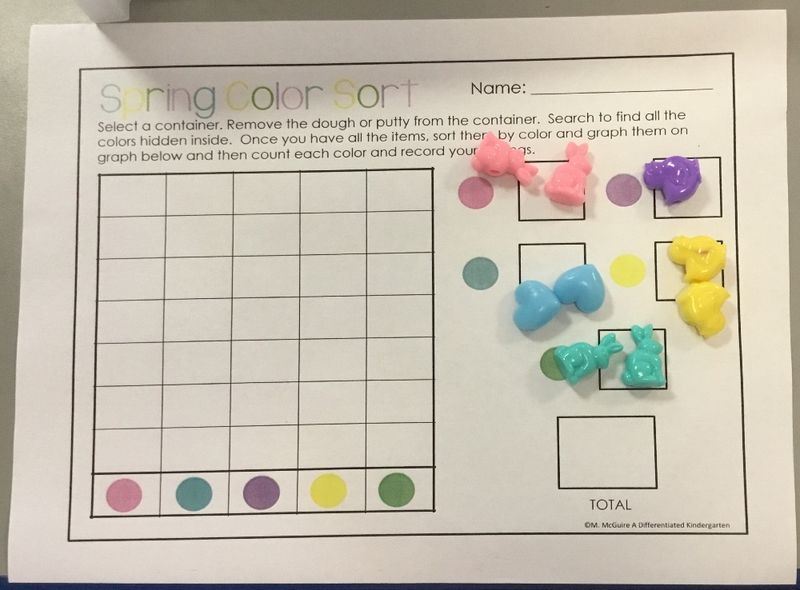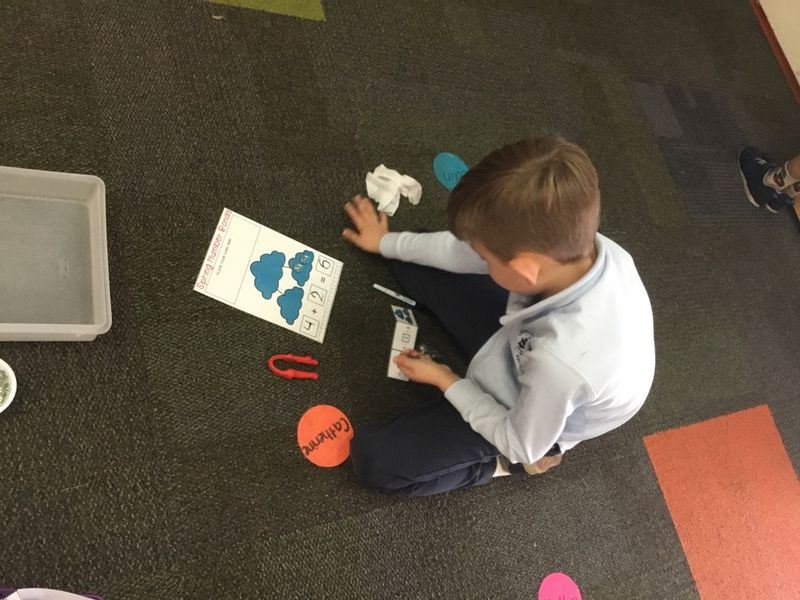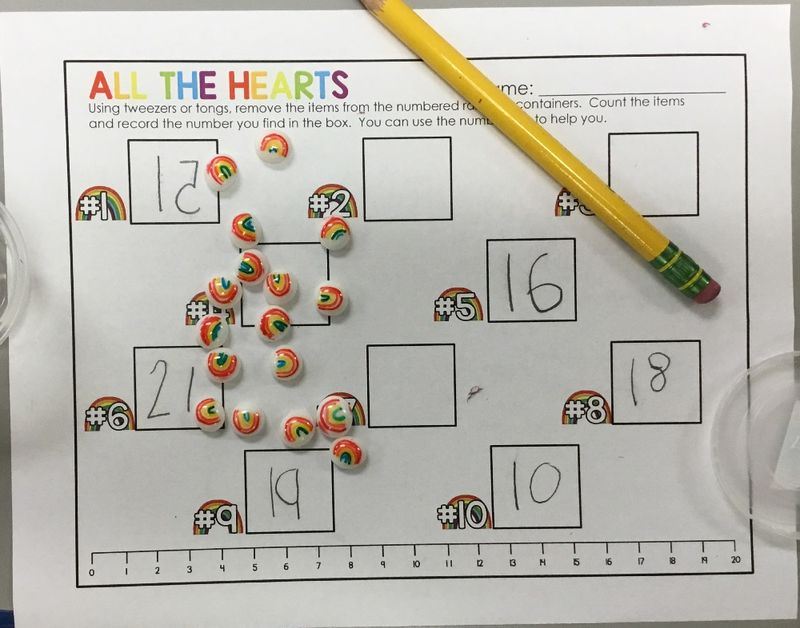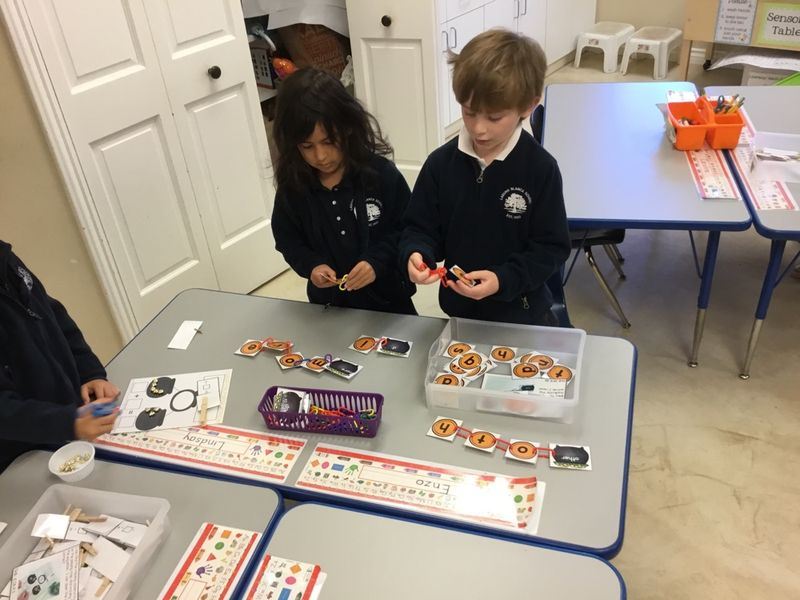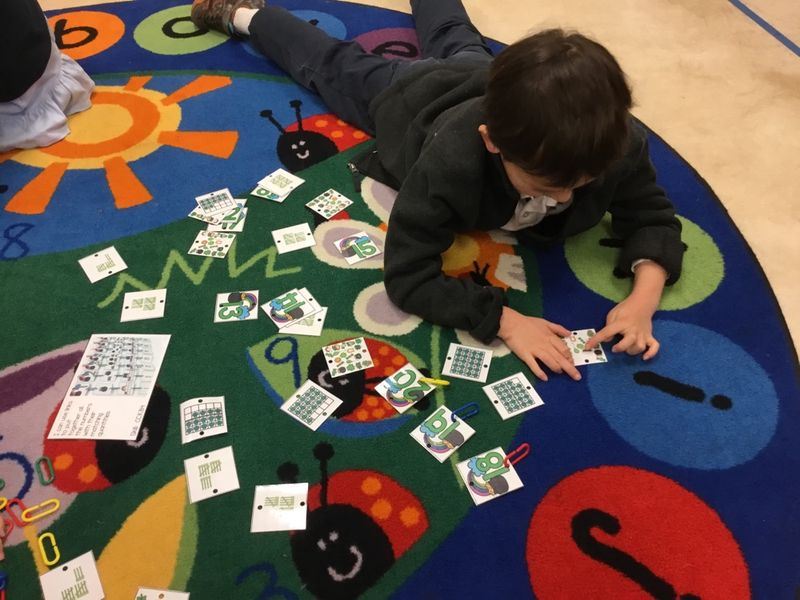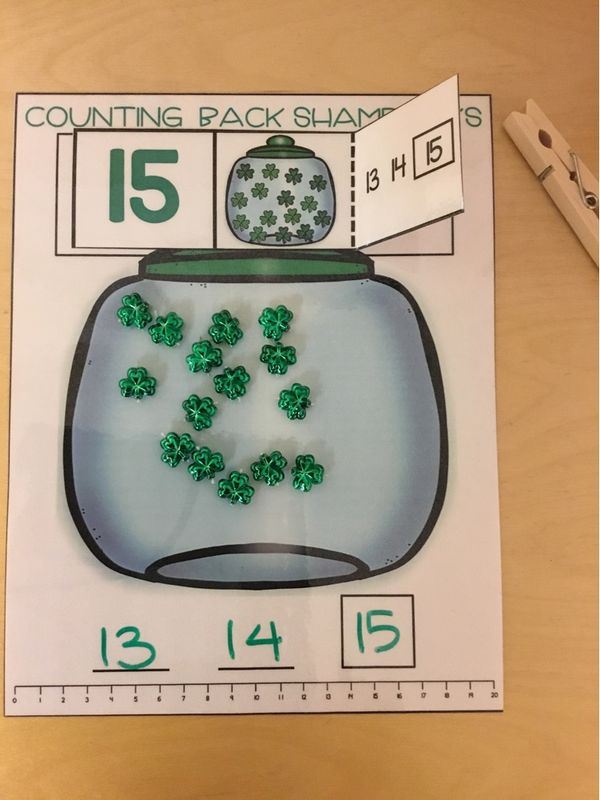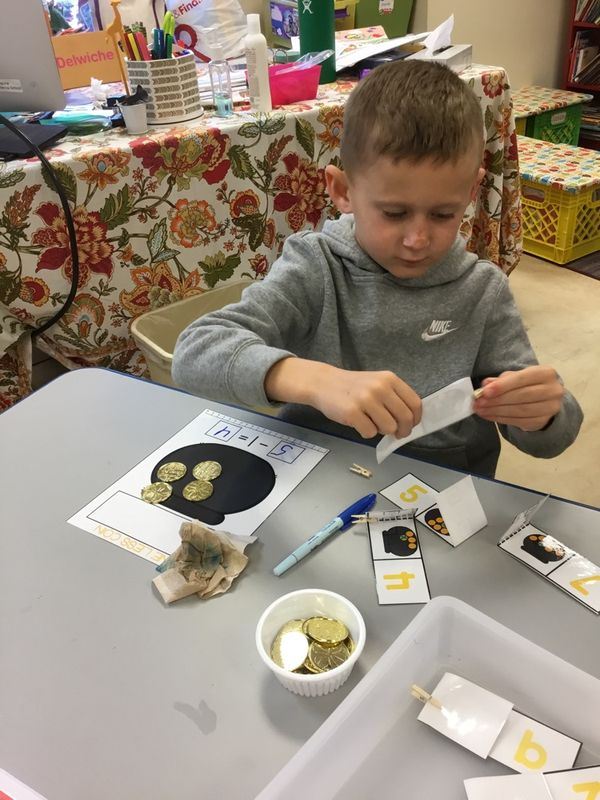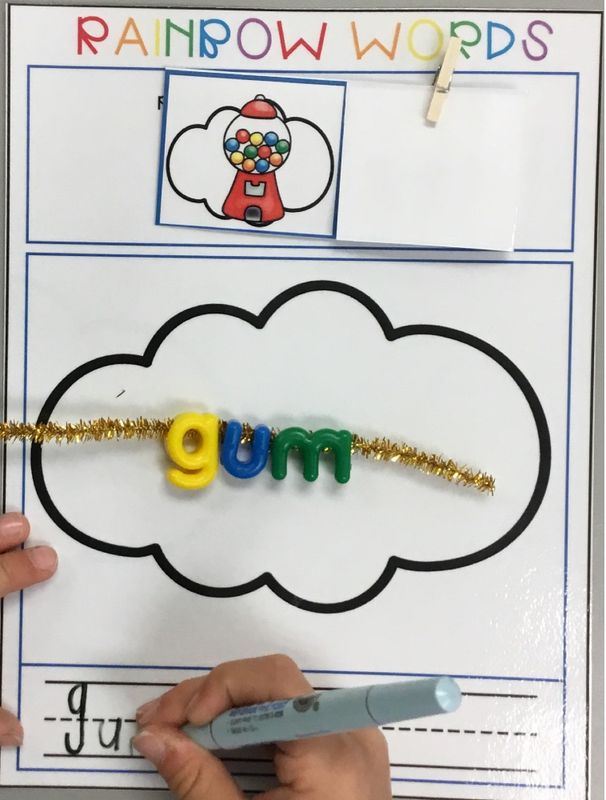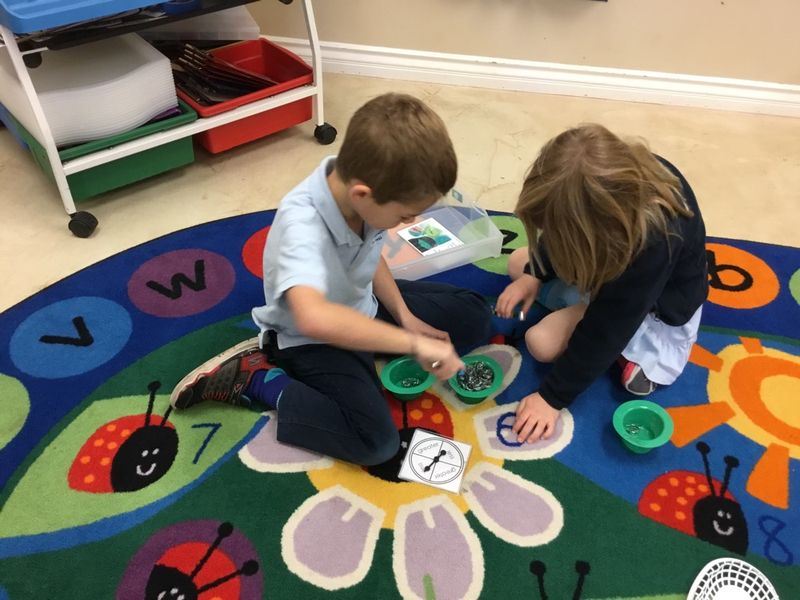You may have heard about the dreaded summer slide- children may experience learning loss when they are out of school for an extended period. The good news is that research also shows that students who read at least six books over summer break tend to maintain their reading level. So, keep reading, but let’s set our young learners up for success by providing them with play-based activities to engage them and develop the whole child. Below are some of my favorite activities and affiliate links, should you be interested.
Chalk. Chalk can be used for so many activities. Make a hopscotch and add numbers or letters in each box. You can create addition equations, work on number sense, or even letter/sound recognition. Have your child use chalk to practice letter writing. To help develop motor skills, you or your child can use giant chalk to make a track. The track can be for toy cars or large enough for your child to ride their bike, scooter, or skateboard. Chalk honestly can provide hours of entertainment and a variety of learning opportunities.
Pretend Play. I love pretend play! Whether playing with puppets, dolls, critters, or dress-up, pretend play allows children to role-play and use their imaginations. Recently, I added this ice cream shop to my class Choice Time activities. The children LOVE it! They pretend to take customer orders, make the ice cream, serve it, and even make change using a mini cash register.
Building Activities: Magna tiles are the best. They can be used for so many different things. Children can build structures, like a garage to house their toy cars or a bridge for their vehicles to drive across. I even saw a child make a skeeball game on their staircase using magna tiles and ping pong balls. Have your child use a light table as the base for their magna tile construction for even more fun!
Fine Motor Strengthening Activities: So many engaging activities strengthen fine motor skills. From wood-building kits to sewing kits, your child will never know they are exercising and strengthening their finger muscles. Numerous games have fun manipulatives that your child will love playing with. And playdoh?! Playdoh is the ultimate tool for strengthening fine motor! Set up a Play-Doh station outside, and I promise your child will be entertained. One summer, my girls spend days making a bakery. They used some of my mini muffin tins, cake stands, and cookie cutters to make baked goods.
Word/Spelling/Reading Practice. Maybe your child wants some more traditional letter/sound learning activities. Grab a cookie sheet and some magnetic letter chips. You can even use the letter chips on the portable light table! Your child can identify the beginning letter of items around your house. They can spell CVC (consonant-vowel-consonant) words. They can spell their name. And then, they take the magnetic wand and swipe it across, collecting all the magnetic letters in one quick swipe! Take a look at these word-building rods as well. These incorporate word-building skills as well as fine motor development.
Decodables. Your child may be beginning to read. For beginning readers, they must have decodable books to read. Decodables are books written using words that can be read using specific sound and spelling patterns that students have been explicitly taught. Here are some that I recommend:
Junior Reading Decodable Books
Benchmark Readers Decodable Books
Orton Gillingham Decodable Reader
Tonies. Have you heard about Tonies?! A student of mine last year first introduced me to Tonies. Tonies are figurines that, when placed on a Toniebox, tell a story or sing a song. There are soooo many to choose from. I just purchased a Toniebox with Peppa Pig. There are 60 minutes of Peppa Pig stories. Plus the figurines are fun to play with! And, you can record yourself reading aloud a story! Tonies make listening to stories independent. I definitely wish Tonies were around when my own children were little!
Tonies National Geographic Starter Set
Tonies Disney Princess Starter Set
Games. Playing games encourages social-emotional development…like taking turns, waiting patiently, problem-solving, playing fair, and winning and losing. Below are some of the games my family has loved playing over the years:
How about writing? There are so many ways to encourage your child to write and to make writing fun. The Happy Me journal has been a hit in my house. They now make a journal specific to different age ranges. My son was eight when he first got him, and my oldest daughter was 18! They love the Happy Me journal so much that they are on their second set!
Pencil Sharpener for Large Diameter Pencils
Silly Sentences Handwriting Practice Book
Outdoor Games: It wouldn’t be summer if we couldn’t spend time outside enjoying our beautiful weather. A sand and water table with built-in shade is a MUST! The bonus to many of these outdoor activities is that they keep your child physically active. The Ninja Warrior Climbing Course was in our backyard for three years…my son LOVED climbing, swinging, hanging, twirling, and more on this course. It always tired him out!
So, with about a month and a half of summer left, I hope you find some fun, creative, and engaging ideas to keep your child actively learning!
